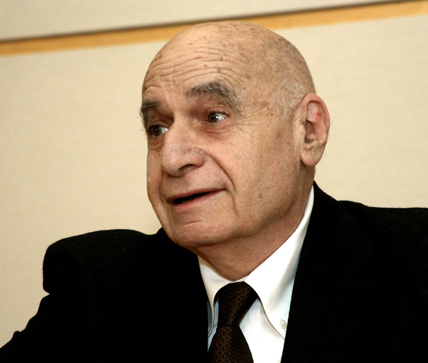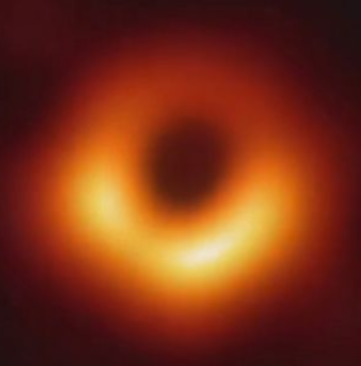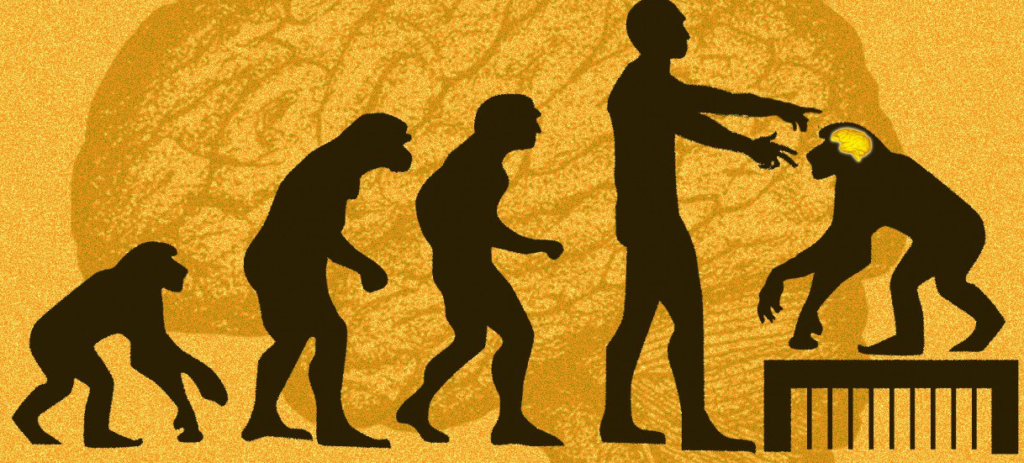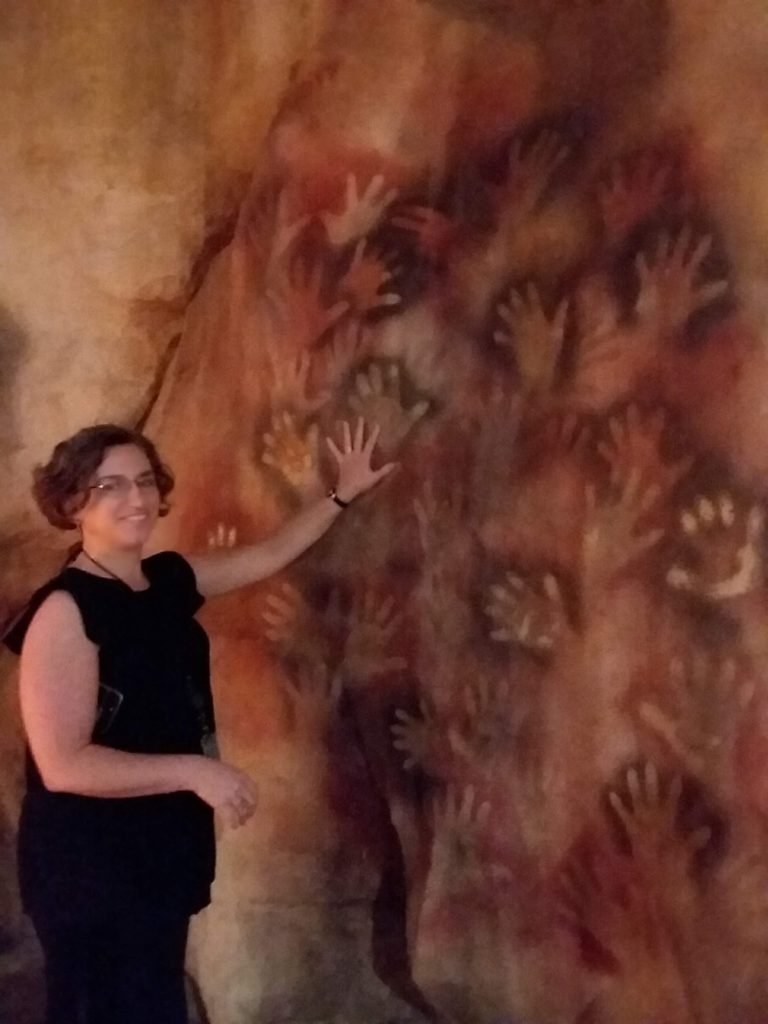Dear WesleyNexus Colleague:
On Friday, April 26, 2019, the Judicial Council of the United Methodist Church ruled on the constitutional status of the “Traditional Plan,” which reaffirmed its stance on homosexuality in the special General Conference that took place last February. In this ruling, the court upheld the core of the Traditional Plan which strengthened the bans on “self-avowed practicing” gay clergy and same-sex weddings. It also ruled as constitutional what is known as a “graceful exit” option that sets criteria for churches to leave the denomination. With these rulings, it is becoming less likely that the denomination as we have known it since 1968 will hold together.
In spite of this conflict in the United Methodist Church, we are highlighting this month an article on the benefits of religious pluralism. It is one of the last articles by Peter Berger who died in 2017. Berger was an American sociologist who had been a leader in the sociological study of religion for decades. As a young sociologist, he affirmed the notion that modern society would become ever more secular over time as fewer people would see their lives through the lenses of faith. This theory turned out to be unsatisfactory. Instead, what our society is going through is a unique period in which secularism coexists with a broad pluralism of many faiths. While it is easy to focus on the conflicts that arise with so much diversity, Berger identifies four benefits that pluralism brings.
First benefit: It becomes more difficult to take a religious tradition for granted. Acts of decision become necessary.
Second benefit: Freedom is a great gift, and pluralism opens up new areas of freedom.
Third benefit: If pluralism is combined with religious freedom, all religious institutions become in fact voluntary associations (whether religious believers find this theologically congenial or not).
Fourth benefit: Pluralism influences individual believers and religious communities to distinguish between the core of their faith and less central elements.
Taken together, these benefits are significant but also hard to achieve for they have a cost of increased doubt as diversity confronts unquestioned belief. We continue to get tripped up by demands to agree on less central elements while missing our most crucial points of agreement. It seems unlikely that the United Methodist Church will survive to receive the full benefits of the internal pluralism that has for so long been the church’s strength. But that does not mean pluralism will disappear. We may try to discount those who live by different lights but, as Berger points out, “our shared modern secular discourse short-circuits that strategy. It’s hard to write off my Confucian lab partner as crazy when he’s so good at science. If I begin to have extensive conversations with those who have different religious convictions, the uncertainty deepens.” It is this uncertainty that opens up the other benefits Berger mentions, greater freedom, choice in association and the ability to decide what is at the core of the faith. The whole article by Berger can be found here.

For information on the life of Peter Berger, see the article by Peter Todd here.
We are still in need of funds to replenish our finances in order to continue for another year. We will need your support and hope you will consider helping us out. WesleyNexus is a 501(c)(3) charitable, educational organization, and we will acknowledge all gifts from individuals for tax reporting purposes. Thanks in advance for your support.
God Bless,
Rick, Maynard, and the rest of the
WesleyNexus Board of Directors
*********************************
How Scientists Captured the First Image of a Black Hole by Ota Lutz

By now, most have seen pictures on TV or the internet of the first images from space of a black hole. Though we have known about black holes for decades, confirmation of their existence was through the indirect evidence such as X-rays. However, using an array of telescopes from around the world called the Event Horizon Telescope, a team of scientists has been able to pull together data using computers to compile a silhouette of a black hole called M87. While not exactly a picture of a black hole, it does present an image with information and details never before possible. In this article, Ota Lutz presents a description of the process they went through and what was accomplished. The article can be found here.
*********************************
Chinese scientists have put human brain genes in monkeys—and yes, they may be smarter by Antonio Regalado

In this article, the authors highlight research being performed in China on primates using human genetic material and CRISPR technology to create transgenic macaques who did better than the unmodified macaques in memory tests and who’s brains took longer to develop, closer to the development period of human brains. This brings into sharp contrast the human desire to find things out and the ethical requirement to respect animal life and nature in general. While there is a huge gap to go from these initial experiments to monkeys with intelligence equal to humans, there is a debate on where the line should be drawn. As the article points out, China appears to be pursuing research in this area with fewer guardrails than those in the US or Europe. As Martin Styner a University of North Carolina computer scientist and specialist in MRI stated, “I don’t think that is a good direction. Now we have created this animal which is different than it is supposed to be. When we do experiments, we have to have a good understanding of what we are trying to learn, to help society, and that is not the case here.” Read the whole article here.
*********************************
The Smithsonian’s Hall of Human Origins – A Special Tour

Those persons who attended the WesleyNexus Evolution Weekend event in February participated in a drawing at the end of the program, selecting as a door prize a book or a video or a special tour, guided by Dr. Briana Pobiner, Associate Director of the Smithsonian’s Hall of Human Origins program. Briana is a paleoanthropologist whose research centers on the evolution of human diet (with a focus on meat-eating), but her research has included topics as diverse as human cannibalism and chimpanzee carnivory. Her academic appointment is at the George Washington University, where she serves as Associate Research Professor of Anthropology in the Center for the Advanced Study of Human Paleobiology. This special “behind the scenes” guided tour was originally scheduled in March, but had to be postponed until Briana returned from her field work in Kenya’s Rift Valley. The tour was particularly timely, coinciding with the May issue of the Smithsonian Magazine, (the article can be found here) which highlights the current anthropological work on Neanderthal ancestors, research that is now changing our understanding of the beginnings of the human story. The focus of this research is the system of cave paintings in the Cueva de Ardales in southern Spain, paintings tucked beneath layers of calcium carbonite behind a curtain of stalactites. These caves house distinctively splotchy handiwork in vivid patterns and hand stencils tens of thousands of years old. The archaeologists are using a newly developed technique called uranium-thorium dating, a process more accurate, less destructive and capable of producing results back further in time than traditional methods. A few milligrams of veneer are removed without touching the actual calcite that overlays the ocher on the cave wall, and these samples are sent to the Max Planck Institute for Evolutionary Anthropology in Leipzig, Germany. Analysis showed that some of the markings from these caves in Spain had been composed no fewer than 64,800 years ago, more than 20 millennia earlier than the arrival of our homo sapiens ancestors. The implication: the world’s first artists must have been Neanderthals, who now must be considered the oldest known artists – not just in Europe but anywhere in the world. At the very least, this requires a re-assessment of the Neanderthals’ place on the broad family tree. Evidence is now mounting that Neanderthals had a complex language and – given the care with which they buried their dead – some form of spirituality. The Max Planck Institute, of course, is the agency which decoded (in 2013) the entire DNA sequence of the Neanderthals, and showed that those of us with European/ Asian descent have up to 4 percent of our DNA inherited directly from Neanderthals. On a broader scale, new questions arise as to what it means to be human. Many questions like these arose for our group as Briana guided us through the exhibits in the Hall of Human Origins. The exhibit hall is very well put together, showing archaeological artifacts in simulated contexts, with easy-to-understand narrative descriptions in each section. One of the things that will become clear to even the casual visitor is the critical interaction of human society with climate changes, even at one point where homo sapiens dwindled in numbers to a fragile cluster of 10,000 individuals, a point where we almost became extinct. The Hall of Human Origins is constantly being updated as new research reveals new secrets about our past, and each time we pay a visit to the Museum of Natural History on the Mall in Washington, it becomes clear that this is one of the most important “must see” destinations for any visitor to the Nation’s capital.
*********************************
*********************************
Reminder
2019 IRAS Summer Conference: June 22-29 on Star Island

The 65th Annual Summer Conference sponsored by the Institute on Religion in an Age of Science is scheduled for June 22-29, 2019 in Star Island off the coast of Portsmouth, New Hampshire.
The CRISPR Apple on the Tree of Knowledge
Bioengineering, Gene Editing, and the Human Future:
Human gene editing is quickly outstripping the decision-making mechanisms we have in place for approving or regulating technology usage. The technology to directly manipulate the genomes of plants, animals and even humans is developing rapidly and is already in use. Can it be rationally managed and applied ethically? What are the medical, economic, environmental, and social consequences of genetic manipulation? At this conference, scientists, theologians, religious scholars and ethicists will offer illuminating and thought-provoking perspectives on the issues surrounding the gene-editing technology known as CRISPR. Scientists will explain the technique of gene editing with CRISPR and ethicists will ponder the impacts on society, from pest control to designer babies. What are the implications for agriculture and world hunger? What about medical advances that are too costly for most of the world? Theologians and religious scholars will discuss how we understand human nature and responsibility from within various religious traditions such as Christianity, Islam, Judaism, Buddhism and Hinduism. Most fundamentally, we will explore ethical issues such as therapy versus enhancement; species elimination versus global epidemic; germline intervention; and the long-term effects of bioengineering and genome editing that are within the realm of CRISPR possibility.
Star Island is
offering discounts for registration and full board and housing
scholarships, with special consideration for first time attendees and for
graduate students who might want to present a poster session on their research.
This means there is no reason to wait: REGISTER NOW. Other discounts are available for families
whose children participate in the certified children’s program. For more
information go to the IRAS website www.iras.org.
